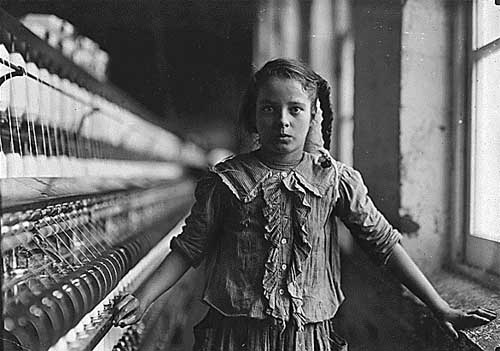Cunning Plan 167: teaching the industrial revolution
Teaching History article

Teaching a less disastrous and terrible history of the industrial revolution
‘Disastrous and terrible.’ For Arnold Toynbee, the historian who gave us the phrase ‘industrial revolution’, these three words sum up the period of dramatic technological change that took place in Britain across the eighteenth and nineteenth centuries. We may not habitually use Toynbee’s description in the classroom, but it is one to which our teaching often points. The source material typically featured in textbook chapters on the period – the testimony of Robert Blincoe, the illustrations in Frances Trollope’s book Michael Armstrong, Factory Boy, Gustav Doré’s engravings of London – provides pupils with a picture of life that fascinates because it horrifies.
After a few years of using these materials in my lessons, I began to feel that Toynbee’s ‘disastrous and terrible’ characterisation could be applied to my teaching. For all the grim fascination, pupils’ conclusions were hackneyed and uninteresting: ‘It was dreadful; but we can’t trust the sources because they were trying to prove it was dreadful.’...
This resource is FREE for Secondary HA Members.
Non HA Members can get instant access for £2.49

